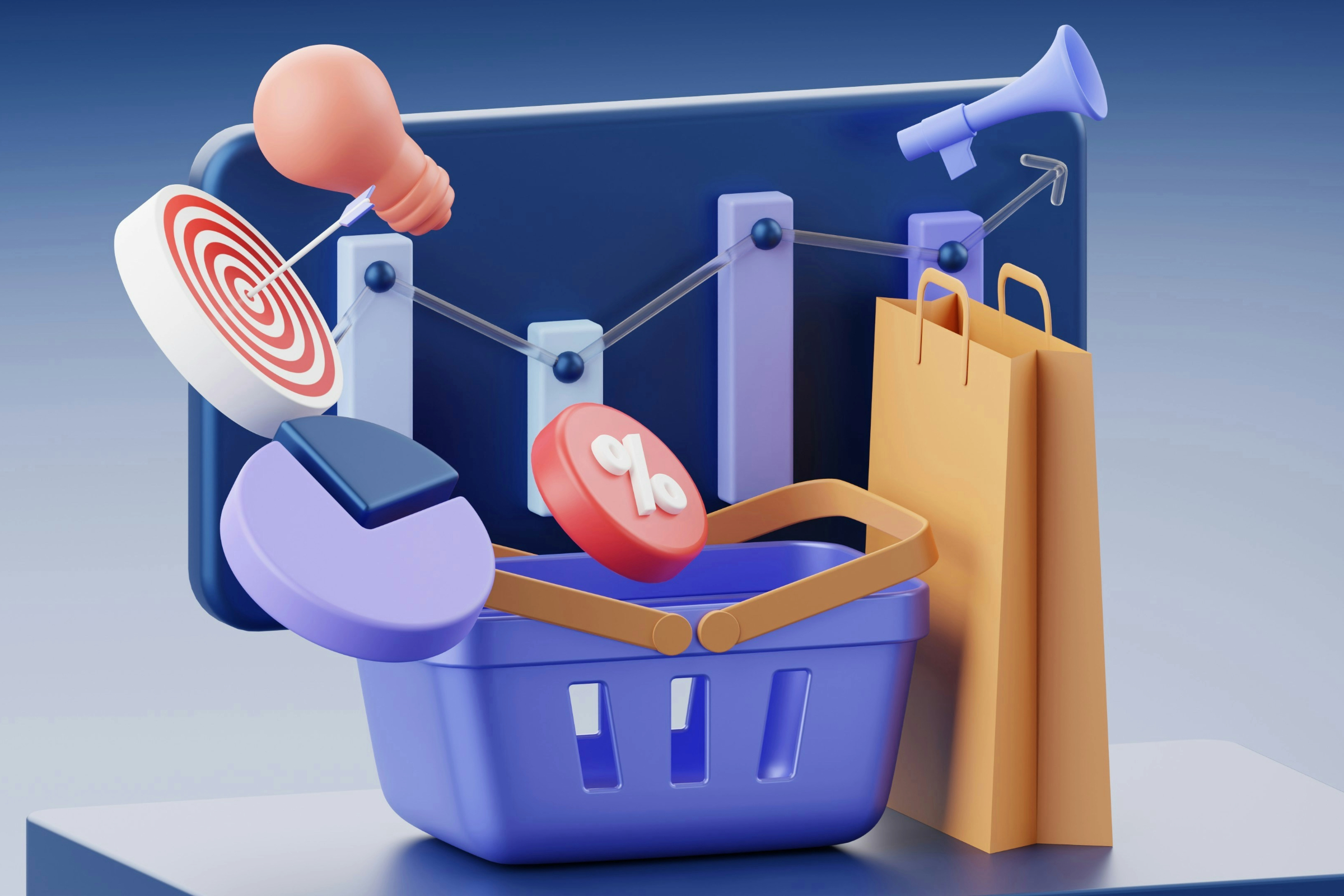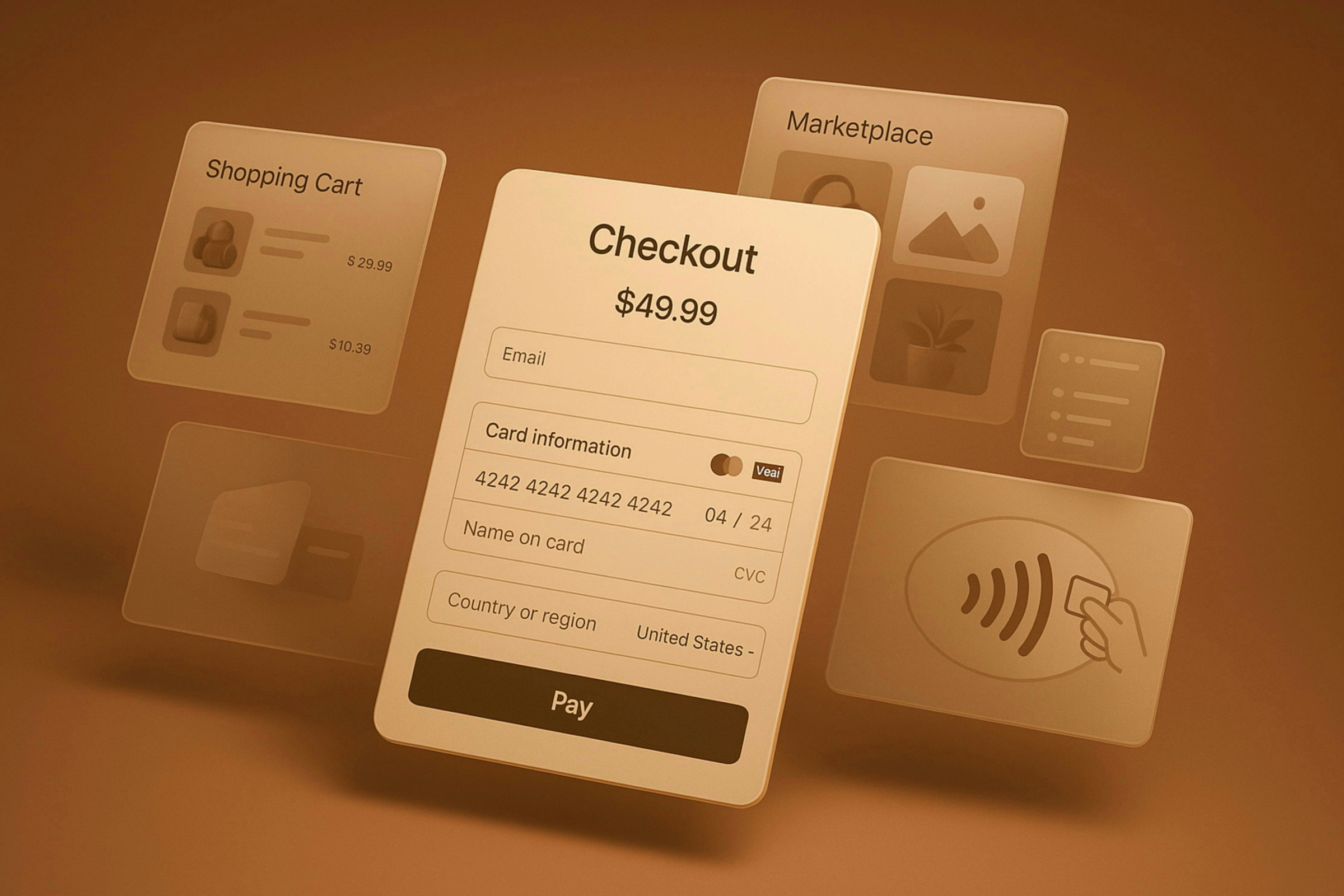Shopify Beginner Checklist: Is Your Store Actually Ready to Sell?
Before you spend on ads, invest in SEO, or attract visitors with content, there’s one critical question every Shopify store owner needs to ask:
Is my store actually ready to sell?
A lot of people skip this step. They design a layout, upload their products, and launch the site, but nothing happens. No sales. Just frustration and that inevitable question:
“What did I do wrong?”
This article gives you a practical, no-fluff checklist based on everything we’ve learned from working with over 450 Shopify stores. Whether you're just starting or migrating from another platform, this guide is for you.
Let’s walk through 5 essential checkpoints to determine if your store is truly ready to turn visitors into customers, and what to do if it’s not.
1. Can Visitors Understand What You Sell in 3 Seconds?

The 3-Second Rule: Clarity Sells
You have about 3 seconds to convince someone to stay on your site. In that tiny window, visitors need to understand:
What you sell, who it's for, and why they should care.
If your message isn’t crystal clear right away, most people will bounce, even if your product is amazing.
Clarity doesn't mean boring. It means being specific, direct, and customer-focused. Avoid vague phrases like “Empowering your lifestyle” or “Making your day better.” Instead, answer these questions up front:
- What kind of product are you selling?
- Who is it for?
- What makes your store different from others?
You don’t need to explain everything at once, but your core message should be obvious before the user scrolls. If they have to guess what you're selling, you're already losing them.
Your Homepage Is Your Billboard
Think of your homepage like a billboard on a busy highway. Your visitor is speeding past; you have seconds to make an impression.
That’s why auto-playing carousels, cluttered images, and vague taglines are conversion killers. What works instead?
- A clear headline that states what you sell
- A subheadline that reinforces your product’s value or main benefit
- A specific image that shows the product in use or highlights its impact
- A visible CTA like “Shop Now” or “See the Collection”
Also, don’t overcrowd your homepage. Simpler layouts with strong hierarchy and sharp messaging convert better than flashy designs with too much going on.
Your homepage should guide, clarify, and invite, just like a great billboard. It’s your storefront’s first handshake.
2. Does Your Store Look Trustworthy?

First Impressions Drive Sales
Trust is formed in milliseconds — often before the visitor reads a single word. If your layout feels messy, your photos look amateur, or your fonts are hard to read, it sends the wrong message fast.
Trust isn’t about fancy design. It’s about consistency. Your colors, fonts, spacing, and images should feel aligned and intentional. If something feels rushed or random, visitors hesitate. And when they hesitate, they don’t buy.
Design That Matches Your Audience
Your design needs to speak to the audience you want to attract. That means aligning with their lifestyle, values, and aesthetic preferences.
Selling athletic wear? Go bold, energetic, and high-contrast. Selling self-care products? Use softer colors and a calm layout.
It’s not about “pretty”, it’s about clarity, connection, and resonance.
When your store visually aligns with your audience’s expectations, trust builds naturally.
Quick Trust Checklist
Here are some quick elements that build credibility:
- Real, detailed product photos, ideally showing the item in use
- Testimonials with names, photos, and context (e.g., “Bought this for my mom”)
- Relevant badges your audience cares about (“Made in USA,” “Vegan,” “Fast shipping”)
- Visible social proof, like review counts or recent sales
- Accessible pages like contact info and return policy
These signals should be easy to spot, ideally right on the homepage and product pages.
3. Are Your Must-Have Pages in Place?
Pages like About Us, Return Policy, and Contact are not just legal requirements; they’re trust-builders.
When someone is close to buying, they want to know who’s behind the brand. If those pages are missing, generic, or hard to find, it creates doubt.
Tell your story in a human, relatable way. Add a photo, use a conversational tone, and make your narrative personal. The more authentic it feels, the more your customer will feel confident hitting “Buy."
4. Is Your Product Page Selling or Just Describing?
A product page is not a place to dump specs; it’s where you sell.
Think of it like your best salesperson: it should explain the real benefit of the product, how it solves a problem, and why it’s the right choice.
Here’s a proven structure:
- A clear, benefit-driven headline
- Bullet points highlighting real-world benefits
- A smooth, engaging description that answers key questions
- High-quality images that show the product in use
- Social proof, like reviews with photos or verified buyer tags
- Realistic urgency (e.g., “Only 3 left in stock”)
And don’t forget: write with SEO in mind. Use natural language and real search terms that your audience would type into Google. Skip internal jargon or technical terms that only insiders understand.
Write for people first, algorithms second. The more specific and helpful your product descriptions are, the more likely they’ll rank and convert.
5. Is Your Checkout Clean and Frictionless?
You’ve done everything right… But if your checkout adds friction, you could still lose the sale.
Remove any roadblocks:
- Show shipping costs on the product page
- Cut fields down to the essentials
- Offer fast payment options (Apple Pay, Shop Pay, Pix, etc.)
- Add trust signals like security badges and payment logos
And on Mobile?
Over 80% of Shopify traffic happens on mobile, but many stores still treat mobile as an afterthought.
On mobile:
- Don’t place fields side by side; use vertical stacking
- Make buttons at least 44px tall for easy tapping
- Add generous spacing to avoid accidental clicks
- Keep the CTA always visible (“Complete Purchase”)
Mobile optimization isn’t just about responsive design. It’s about minimizing steps, speeding up load time, enabling smart keyboard options (like numeric pads for ZIP codes), and keeping critical elements within thumb reach.
This reduces cart abandonment and makes the purchase experience smoother, right where most of your traffic comes from.
Want to Go Deeper?
If you want a more detailed breakdown of how to make your store truly conversion-ready, check out our CEO, Igor Silva’s, video on YouTube. He dives into each point and shares a downloadable checklist with 30 practical fixes to upgrade your cart and checkout experience.
What to Do if You Didn’t Pass the Checklist
If you read this and realized you're missing a few boxes, take a breath. That’s not a failure. It’s your roadmap.

Sales come from clarity, trust, and flow. Before scaling traffic, fix the foundation.
Here’s your ideal priority order:
- A clear, focused homepage
- Cohesive, trustworthy design
- Strategic must-have pages
- Compelling product pages
- Frictionless checkout (especially on mobile)
Every improvement you make here boosts your chance of converting visitors into buyers. Often, the difference between a store that sells and one that doesn’t comes down to small things, a button’s spacing, a headline’s placement, or the clarity of one photo.
Small tweaks, big results.
Conclusion
Getting your Shopify store ready to sell doesn’t require magic formulas; it needs structure.
Before you drive traffic, make sure your foundation is solid: clear messaging, consistent design, essential pages, and a mobile-first buying experience.
If you’re still working on these areas, good. That means you’re doing it right.
It’s not about perfection, it’s about steady, strategic progress.
Use this checklist every time you launch or review your store.
Because the goal isn’t just to make a sale, it’s to build a store that earns trust, scales smoothly, and generates predictable, long-term results.




.jpg)




